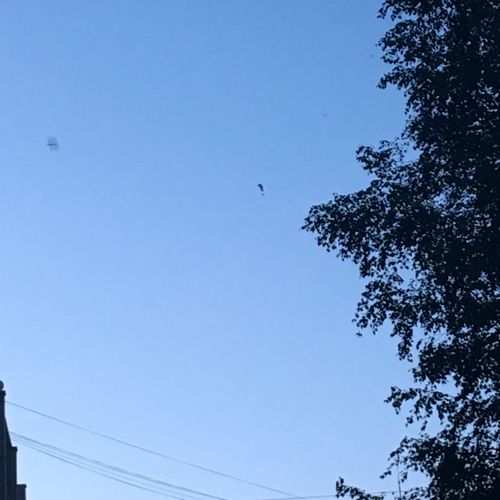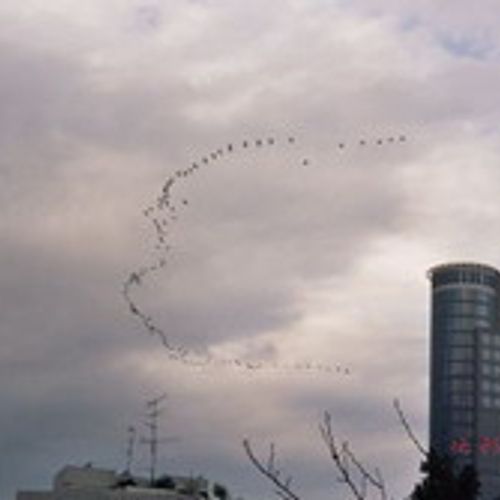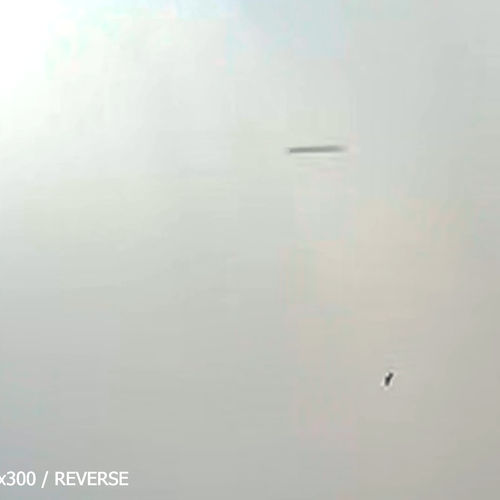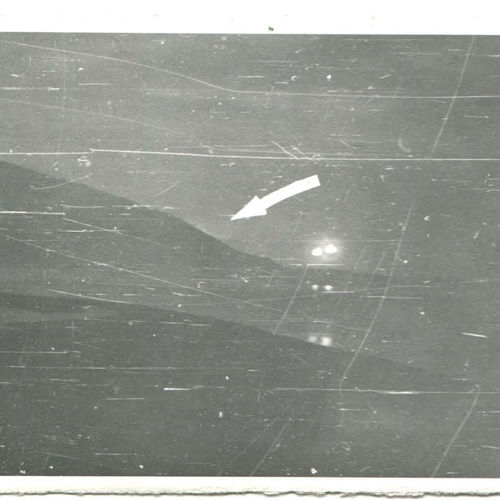| ID | #1591261254 |
| Added | Thu, 04/06/2020 |
| Author | July N. |
| Sources | |
| Phenomena | |
| Status | Result
|
| Resume |
Initial data
Famous UFO researcher Scott C. Waring has found a UFO on Google Earth map in a graveyard in Mexico.
Google Coordinates: 22 ° 37'22.24 "N 101 ° 43'40.61"
Translated by «Yandex.Translator»
Original news
Date of discovery: June 3, 2020
Location of discovery: Mexico
Google coordinates: 22°37'22.24"N 101°43'40.61"
I found a UFO on Google Earth map today. The UFO is hovering over a cemetery in Mexico. The UFO is long and copper colored, and looks to be a disk viewed from the side. I have long believed that UFOs monitor all scopes of human activity, including our most sacred of those...the final resting place.
Scott C. Waring - Taiwan
Hypotheses
Defects on satellite images
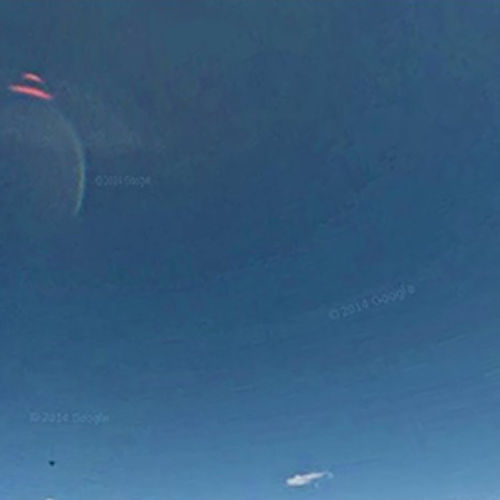
To receive color photographs should be done for two shots. One black and white, high resolution, and the second lower-resolution, but in color. Further the obtained color image is stretched and applied to the black-and-white as a texture. Such action is necessary because due to the different refraction of light rays of different spectrum when passing through the atmosphere from the color image of high resolution from space do not work. These features form the image are almost not noticeable on stationary objects, but clearly distinguishable when the shot fall fast moving objects such as planes or cars.
Translated by «Yandex.Translator»
Beetles and other insects
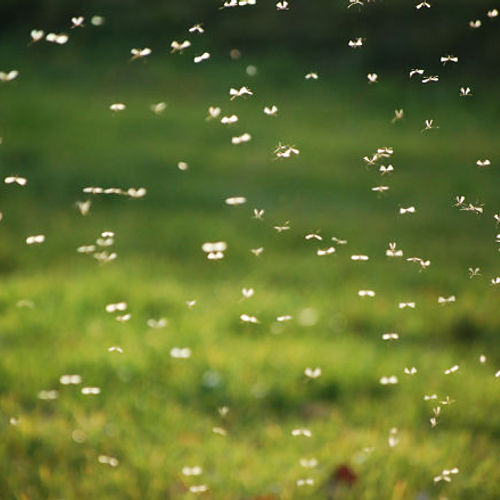
Flying insects in photos and videos can be mistaken for UFOs.
Shooting can take place in the daytime or in the evening. When moving, the outlines of the insect can be both blurred and clear. Depending on this, dark spots or spots of bizarre shapes can be taken for UFOs. The video shows UFOs hovering in the sky, flying in a straight line or moving along a complex trajectory (for example, shooting May bugs near a tree against the background of the evening sky). Insects can be mistaken for UFOs by accident, or given out intentionally. At night, they can be highlighted by a flash.
Objects in motion, captured on a long exposure

Most often this artifact is called skayfish if the lens gets a passing bird or insect. It is based on the discrepancy between the speed of the video and the frequency of the flapping of insect wings. Essentially, each video drops a few strokes of the wings of an insect, which when viewed looks like "arrow", provided with long protuberances. The motion of the insect by its translucent body seems to "boom" and vibration of the wings give the appearance of bumps.
Investigation
In pictures of this kind often appear similar objects. It's a bird or nbecome taken while driving.
Translated by «Yandex.Translator»
Resume
Beetles and other insects
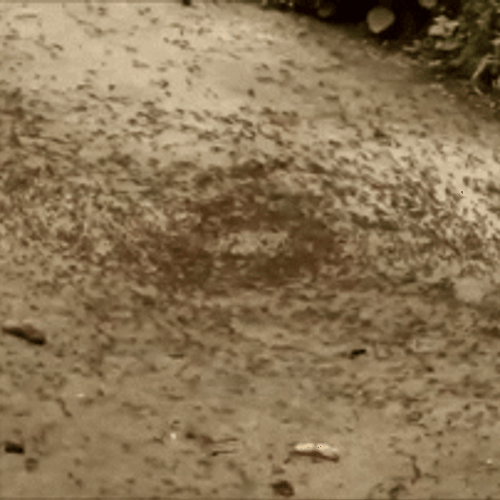
Flying insects in photos and videos can be mistaken for UFOs.
Shooting can take place in the daytime or in the evening. When moving, the outlines of the insect can be both blurred and clear. Depending on this, dark spots or spots of bizarre shapes can be taken for UFOs. The video shows UFOs hovering in the sky, flying in a straight line or moving along a complex trajectory (for example, shooting May bugs near a tree against the background of the evening sky). Insects can be mistaken for UFOs by accident, or given out intentionally. At night, they can be highlighted by a flash.
Objects in motion, captured on a long exposure

Most often this artifact is called skayfish if the lens gets a passing bird or insect. It is based on the discrepancy between the speed of the video and the frequency of the flapping of insect wings. Essentially, each video drops a few strokes of the wings of an insect, which when viewed looks like "arrow", provided with long protuberances. The motion of the insect by its translucent body seems to "boom" and vibration of the wings give the appearance of bumps.
Similar facts
Log in or register to post comments

